Toramana on:
[Wikipedia]
[Google]
[Amazon]
Toramana also called Toramana Shahi Jauvla ( Gupta script: 


 𑀢𑁄𑀭𑀫𑀸𑀡 ''To-ra-mā-ṇa'', ruled circa 493-515 CE) was a king of the Alchon Huns who ruled in northern India in the late 5th and the early 6th century CE. Toramana consolidated the Alchon power in
𑀢𑁄𑀭𑀫𑀸𑀡 ''To-ra-mā-ṇa'', ruled circa 493-515 CE) was a king of the Alchon Huns who ruled in northern India in the late 5th and the early 6th century CE. Toramana consolidated the Alchon power in 
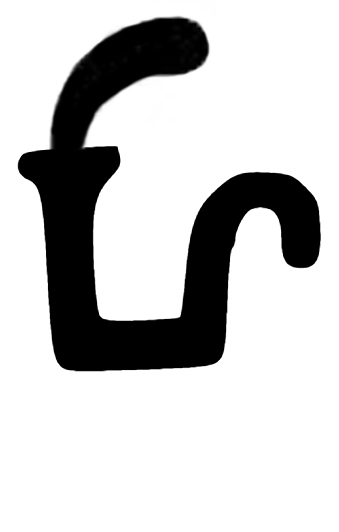
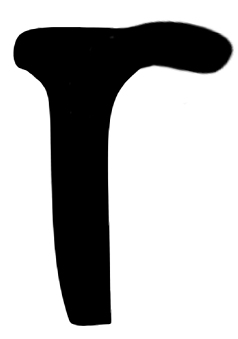

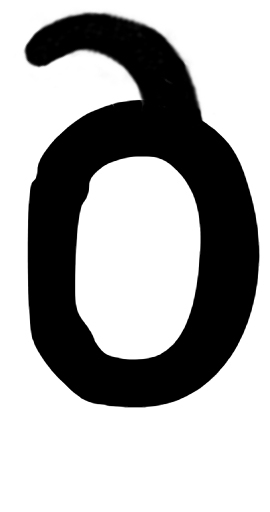

 𑀫𑀳𑀸𑀭𑀸𑀚𑀥𑀺𑀭𑀸𑀚), equivalent to "Emperor", in his inscriptions, such as the Eran boar inscription.
The Sanjeli inscription of Toramana speaks of his conquest and control over Malwa and Gujarat. His territory also included
𑀫𑀳𑀸𑀭𑀸𑀚𑀥𑀺𑀭𑀸𑀚), equivalent to "Emperor", in his inscriptions, such as the Eran boar inscription.
The Sanjeli inscription of Toramana speaks of his conquest and control over Malwa and Gujarat. His territory also included
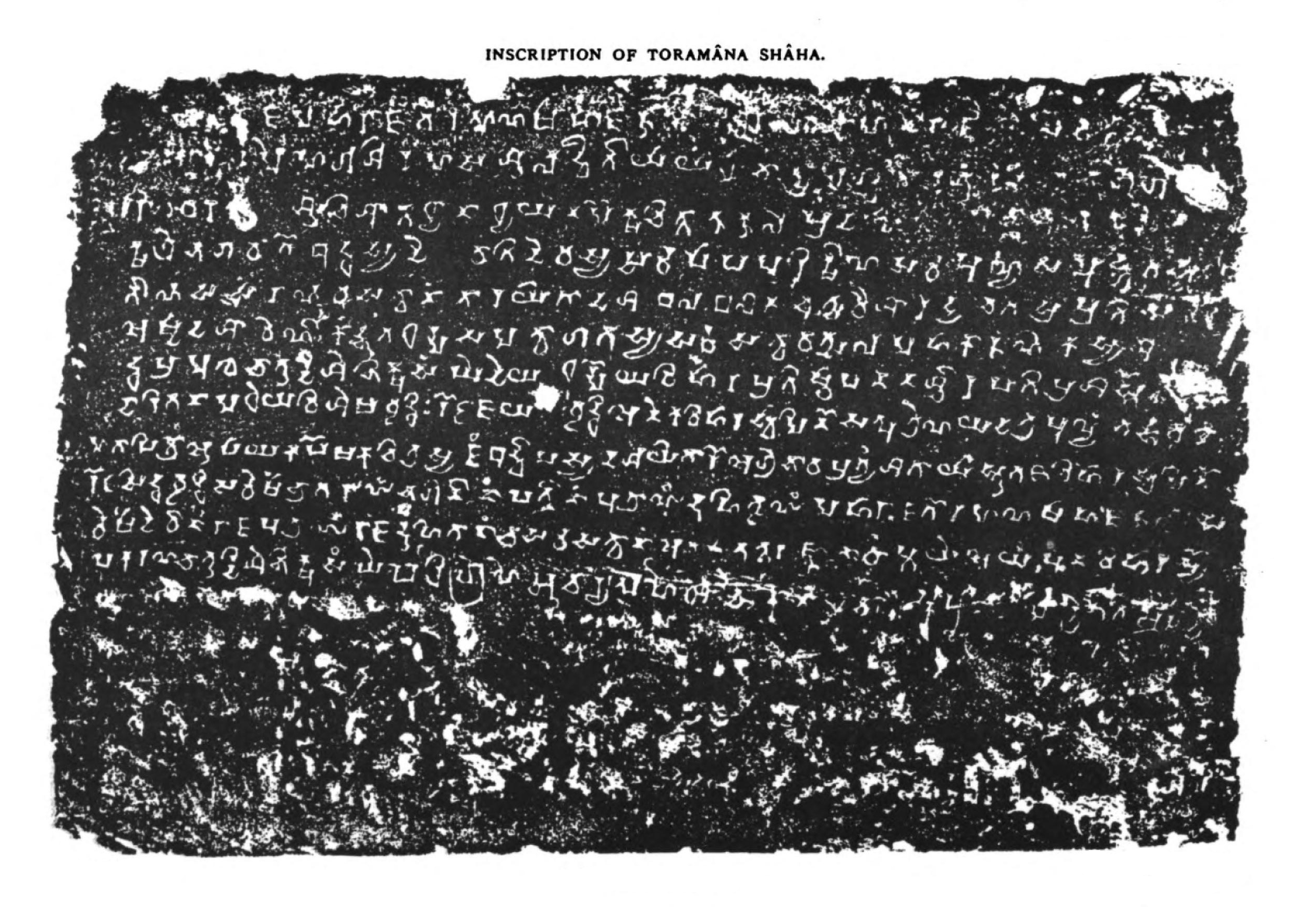
/ref> and reads:
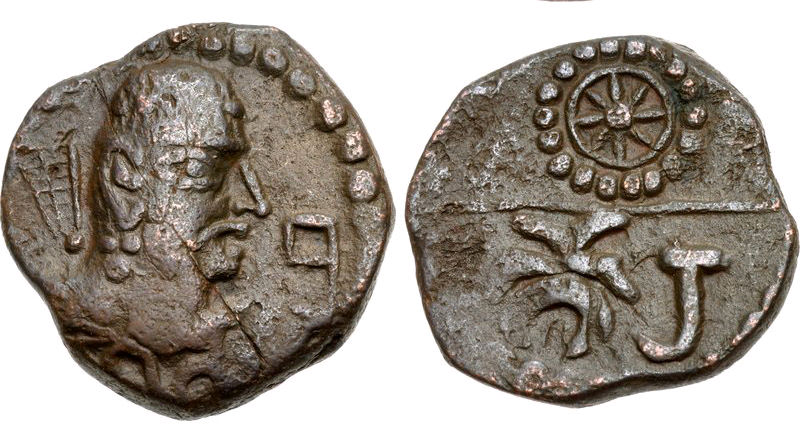
 According to the '' Rishtal stone-slab inscription'', discovered in 1983, the Aulikara king Prakashadharma of Malwa defeated him in 515 CE. Historian Thaplyal suggests that this seal confirms Toramana's status as a vassal king following his defeat by Prakashdharman around 515 CE. Toramana likely continued in this role under Yasodharman, Prakāśadharman's successor. Evidence supporting Toramana’s independent rule prior to his defeat includes the Sanjeli copper plate inscription (dated 502–503 CE), which refers to him as "paramabhațțaraka mahārājadhirāja sioramane" ("The most holy and supreme one, the Great King of Kings Toramana"). Additionally, the Eran boar inscription, dated between 510 and 513 CE, also uses the title " Mahārājadhirāj." These titles, however, predate his loss to Prakāśadharman, as documented in the Risthal inscription from 515 CE.
Toramana may also have been defeated by the Indian Emperor Bhanugupta of the
According to the '' Rishtal stone-slab inscription'', discovered in 1983, the Aulikara king Prakashadharma of Malwa defeated him in 515 CE. Historian Thaplyal suggests that this seal confirms Toramana's status as a vassal king following his defeat by Prakashdharman around 515 CE. Toramana likely continued in this role under Yasodharman, Prakāśadharman's successor. Evidence supporting Toramana’s independent rule prior to his defeat includes the Sanjeli copper plate inscription (dated 502–503 CE), which refers to him as "paramabhațțaraka mahārājadhirāja sioramane" ("The most holy and supreme one, the Great King of Kings Toramana"). Additionally, the Eran boar inscription, dated between 510 and 513 CE, also uses the title " Mahārājadhirāj." These titles, however, predate his loss to Prakāśadharman, as documented in the Risthal inscription from 515 CE.
Toramana may also have been defeated by the Indian Emperor Bhanugupta of the


Punjab
Punjab (; ; also romanised as Panjāb or Panj-Āb) is a geopolitical, cultural, and historical region in South Asia. It is located in the northwestern part of the Indian subcontinent, comprising areas of modern-day eastern Pakistan and no ...
(present-day Pakistan
Pakistan, officially the Islamic Republic of Pakistan, is a country in South Asia. It is the List of countries and dependencies by population, fifth-most populous country, with a population of over 241.5 million, having the Islam by country# ...
and northwestern India
India, officially the Republic of India, is a country in South Asia. It is the List of countries and dependencies by area, seventh-largest country by area; the List of countries by population (United Nations), most populous country since ...
), and conquered northern and central India including Eran in Madhya Pradesh
Madhya Pradesh (; ; ) is a state in central India. Its capital is Bhopal and the largest city is Indore, Indore. Other major cities includes Gwalior, Jabalpur, and Sagar, Madhya Pradesh, Sagar. Madhya Pradesh is the List of states and union te ...
. Toramana used the title "Great King of Kings" (''Mahārājadhirāja'' 



Uttar Pradesh
Uttar Pradesh ( ; UP) is a States and union territories of India, state in North India, northern India. With over 241 million inhabitants, it is the List of states and union territories of India by population, most populated state in In ...
, Rajasthan
Rajasthan (; Literal translation, lit. 'Land of Kings') is a States and union territories of India, state in northwestern India. It covers or 10.4 per cent of India's total geographical area. It is the List of states and union territories of ...
and Kashmir
Kashmir ( or ) is the Northwestern Indian subcontinent, northernmost geographical region of the Indian subcontinent. Until the mid-19th century, the term ''Kashmir'' denoted only the Kashmir Valley between the Great Himalayas and the Pir P ...
. He probably went as far as Kausambi, where one of his seals was discovered.
According to the Rīsthal inscription, discovered in 1983, the Aulikara king Prakashdharman of Malwa defeated him.Ojha, N.K. (2001). ''The Aulikaras of Central India: History and Inscriptions'', Chandigarh: Arun Publishing House, , pp.48-50 Toramana’s inscriptions show his transition from an independent ruler to a vassal after his defeat in 515 CE. Initially titled " Mahārājadhirāj," he later served under Prakashdharman and Yasodharman. This shift reflects the declining power of the Hunas in early medieval India.
Overview
Toramana is known from Rajatarangini, through coins and inscriptions.Punjab inscription
An inscription found at Kura in the Salt Range inPakistan
Pakistan, officially the Islamic Republic of Pakistan, is a country in South Asia. It is the List of countries and dependencies by population, fifth-most populous country, with a population of over 241.5 million, having the Islam by country# ...
records the building of a Buddhist monastery by a person named Rotta Siddhavriddhi during the reign of the Huna ruler Toramana. The donor expresses the wish that the religious merit gained by his gift be shared by him with the king and his family members. In the Khurā inscription (495-500, from the Salt Range in Punjab
Punjab (; ; also romanised as Panjāb or Panj-Āb) is a geopolitical, cultural, and historical region in South Asia. It is located in the northwestern part of the Indian subcontinent, comprising areas of modern-day eastern Pakistan and no ...
and now in Lahore), Toramana assumes the Indian regnal titles in addition to central Asian ones: ''Rājādhirāja Mahārāja Toramāṇa Shahi Jauvla''. Among which Shahi is considered to be his Title and Jauvla being an epithet or Biruda. This is a Buddhist record in hybrid Sanskrit, recording the gift of a monastery (''vihāra'') to members of the Mahīśāsaka school.

Gwalior inscription of Mihirakula
In the Gwalior inscription of Mihirakula, fromGwalior
Gwalior (Hindi: , ) is a major city in the central Indian state of Madhya Pradesh; It is known as the Music City of India having oldest Gwalior gharana, musical gharana in existence. It is a major sports, cultural, industrial, and political c ...
in northern Madhya Pradesh
Madhya Pradesh (; ; ) is a state in central India. Its capital is Bhopal and the largest city is Indore, Indore. Other major cities includes Gwalior, Jabalpur, and Sagar, Madhya Pradesh, Sagar. Madhya Pradesh is the List of states and union te ...
, India, and written in Sanskrit
Sanskrit (; stem form ; nominal singular , ,) is a classical language belonging to the Indo-Aryan languages, Indo-Aryan branch of the Indo-European languages. It arose in northwest South Asia after its predecessor languages had Trans-cultural ...
, Toramana is described as:
Eran Boar inscription
The Eran Boar inscription (in Eran, Malwa, 540 km south ofNew Delhi
New Delhi (; ) is the Capital city, capital of India and a part of the Delhi, National Capital Territory of Delhi (NCT). New Delhi is the seat of all three branches of the Government of India, hosting the Rashtrapati Bhavan, New Parliament ...
, state of Madhya Pradesh
Madhya Pradesh (; ; ) is a state in central India. Its capital is Bhopal and the largest city is Indore, Indore. Other major cities includes Gwalior, Jabalpur, and Sagar, Madhya Pradesh, Sagar. Madhya Pradesh is the List of states and union te ...
) of his first regnal year indicates that eastern Malwa was included in his dominion. The Eran Boar inscription was erected in honor of the deity Vishnu
Vishnu (; , , ), also known as Narayana and Hari, is one of the Hindu deities, principal deities of Hinduism. He is the supreme being within Vaishnavism, one of the major traditions within contemporary Hinduism, and the god of preservation ( ...
as his avatar, Varaha
Varaha (, , "boar") is the avatar of the Hinduism, Hindu god Vishnu, in the form of a wild boar, boar. Varaha is generally listed as third in the Dashavatara, the ten principal avatars of Vishnu.
In legend, when the demon Hiranyaksha steals ...
.
The statue is of the deity in form of a boar, with engravings display it protecting rishi
In Indian religions, a ''rishi'' ( ) is an accomplished and enlightened person. They find mention in various Vedic texts. Rishis are believed to have composed hymns of the Vedas. The Post-Vedic tradition of Hinduism regards the rishis as "gre ...
s and upholding Dharma
Dharma (; , ) is a key concept in various Indian religions. The term ''dharma'' does not have a single, clear Untranslatability, translation and conveys a multifaceted idea. Etymologically, it comes from the Sanskrit ''dhr-'', meaning ''to hold ...
. Additionally, the statue contains Sanskrit
Sanskrit (; stem form ; nominal singular , ,) is a classical language belonging to the Indo-Aryan languages, Indo-Aryan branch of the Indo-European languages. It arose in northwest South Asia after its predecessor languages had Trans-cultural ...
inscriptions inscribed on the neck of the boar, in 8 lines of in Brahmi script
Brahmi ( ; ; ISO 15919, ISO: ''Brāhmī'') is a writing system from ancient India. "Until the late nineteenth century, the script of the Aśokan (non-Kharosthi) inscriptions and its immediate derivatives was referred to by various names such as ...
.
It also records the building of the temple in which the current Varaha
Varaha (, , "boar") is the avatar of the Hinduism, Hindu god Vishnu, in the form of a wild boar, boar. Varaha is generally listed as third in the Dashavatara, the ten principal avatars of Vishnu.
In legend, when the demon Hiranyaksha steals ...
image stands, by Dhanyaviṣṇu, the younger brother of the deceased Maharaja Mātṛviṣṇu. The first line of the inscription, made after 484/85 CE mentions the "''Maharajadhiraja Toramana''" ("The great king of king Toramana") Hans Bakkerbr>24th Gonda lecture/ref> and reads:
Sack of Kausambi
The presence of seals in the name of "Toramana" and "Hunaraja" in Kausambi, suggests that the city was probably sacked by the Alkhons under Toramana in 497–500.Defeats

 According to the '' Rishtal stone-slab inscription'', discovered in 1983, the Aulikara king Prakashadharma of Malwa defeated him in 515 CE. Historian Thaplyal suggests that this seal confirms Toramana's status as a vassal king following his defeat by Prakashdharman around 515 CE. Toramana likely continued in this role under Yasodharman, Prakāśadharman's successor. Evidence supporting Toramana’s independent rule prior to his defeat includes the Sanjeli copper plate inscription (dated 502–503 CE), which refers to him as "paramabhațțaraka mahārājadhirāja sioramane" ("The most holy and supreme one, the Great King of Kings Toramana"). Additionally, the Eran boar inscription, dated between 510 and 513 CE, also uses the title " Mahārājadhirāj." These titles, however, predate his loss to Prakāśadharman, as documented in the Risthal inscription from 515 CE.
Toramana may also have been defeated by the Indian Emperor Bhanugupta of the
According to the '' Rishtal stone-slab inscription'', discovered in 1983, the Aulikara king Prakashadharma of Malwa defeated him in 515 CE. Historian Thaplyal suggests that this seal confirms Toramana's status as a vassal king following his defeat by Prakashdharman around 515 CE. Toramana likely continued in this role under Yasodharman, Prakāśadharman's successor. Evidence supporting Toramana’s independent rule prior to his defeat includes the Sanjeli copper plate inscription (dated 502–503 CE), which refers to him as "paramabhațțaraka mahārājadhirāja sioramane" ("The most holy and supreme one, the Great King of Kings Toramana"). Additionally, the Eran boar inscription, dated between 510 and 513 CE, also uses the title " Mahārājadhirāj." These titles, however, predate his loss to Prakāśadharman, as documented in the Risthal inscription from 515 CE.
Toramana may also have been defeated by the Indian Emperor Bhanugupta of the Gupta Empire
The Gupta Empire was an Indian empire during the classical period of the Indian subcontinent which existed from the mid 3rd century to mid 6th century CE. At its zenith, the dynasty ruled over an empire that spanned much of the northern Indian ...
in 510 A.D. according to the Eran inscription, although the "great battle" to which Bhanagupta participated is not explicited.
A few silver coins of Toramana closely followed the Gupta silver coins. The only difference in the obverse is that the king's head is turned to the left. The reverse retains the fantailed peacock and the legend is almost similar, except the change of name to Toramana Deva.
A Jaina work of the 8th century, the '' Kuvalayamala'' states that he lived in Pavvaiya on the bank of the Chandrabhaga and enjoyed the sovereignty of the world.
Successor
Toramana was succeeded by his son Mihirakula.See also
* First Battle of Eran * Hephthalite Empire * Mihirakula * Alchon HunsNotes
{{s-end 5th-century Indian monarchs 6th-century Indian monarchs Rulers of Kashmir Kings of the Alchon Huns